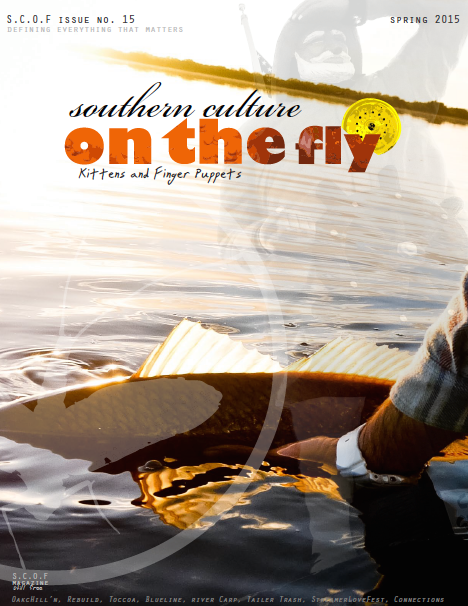The past weeks have been busy ones. Aside from the usual things that make up a normal day, I’ve found myself working hard advocating for a skatepark to be built in the town where I live. My son skates & loves it. The lessons it teaches him, I love.
You would think that by 2015, elected officials would be more receptive to providing a fair shake to all sports. Despite being globally popular and skateboarding being the second fastest growing sport in the US, the idea of a skatepark still scares a lot of politicians.
At any rate, I’ve still found a few minutes here and there to fish and by and large its been great. The bass and redfish along the Space Coast of Florida have been obliged to tussle, and for that, I’m thankful.
Though the writing here on Salt Bum had slowed, I was still putting thoughts on paper. Check out my latest ramblings in the Spring editions of The Drake Magazine and Southern Culture On The Fly.


